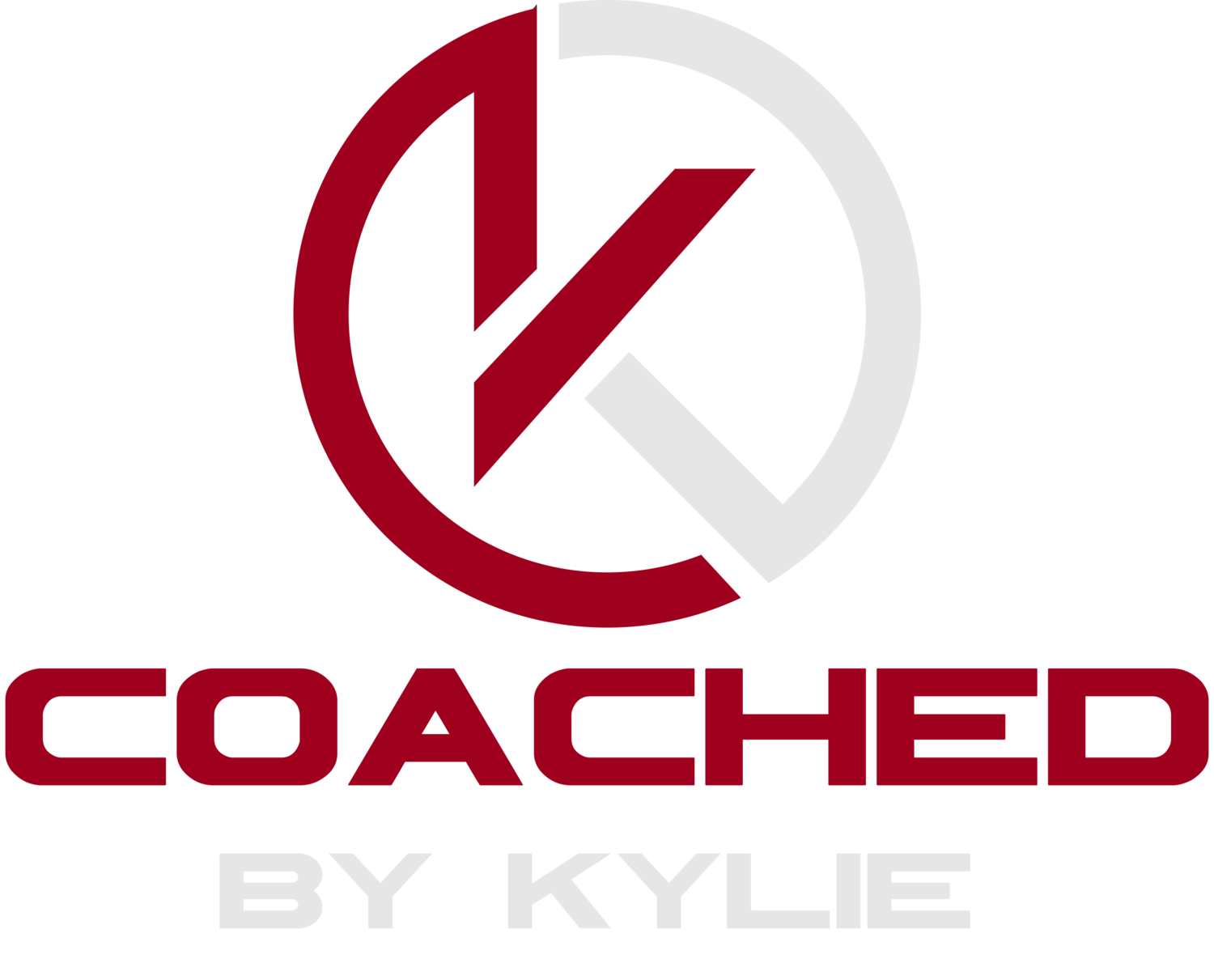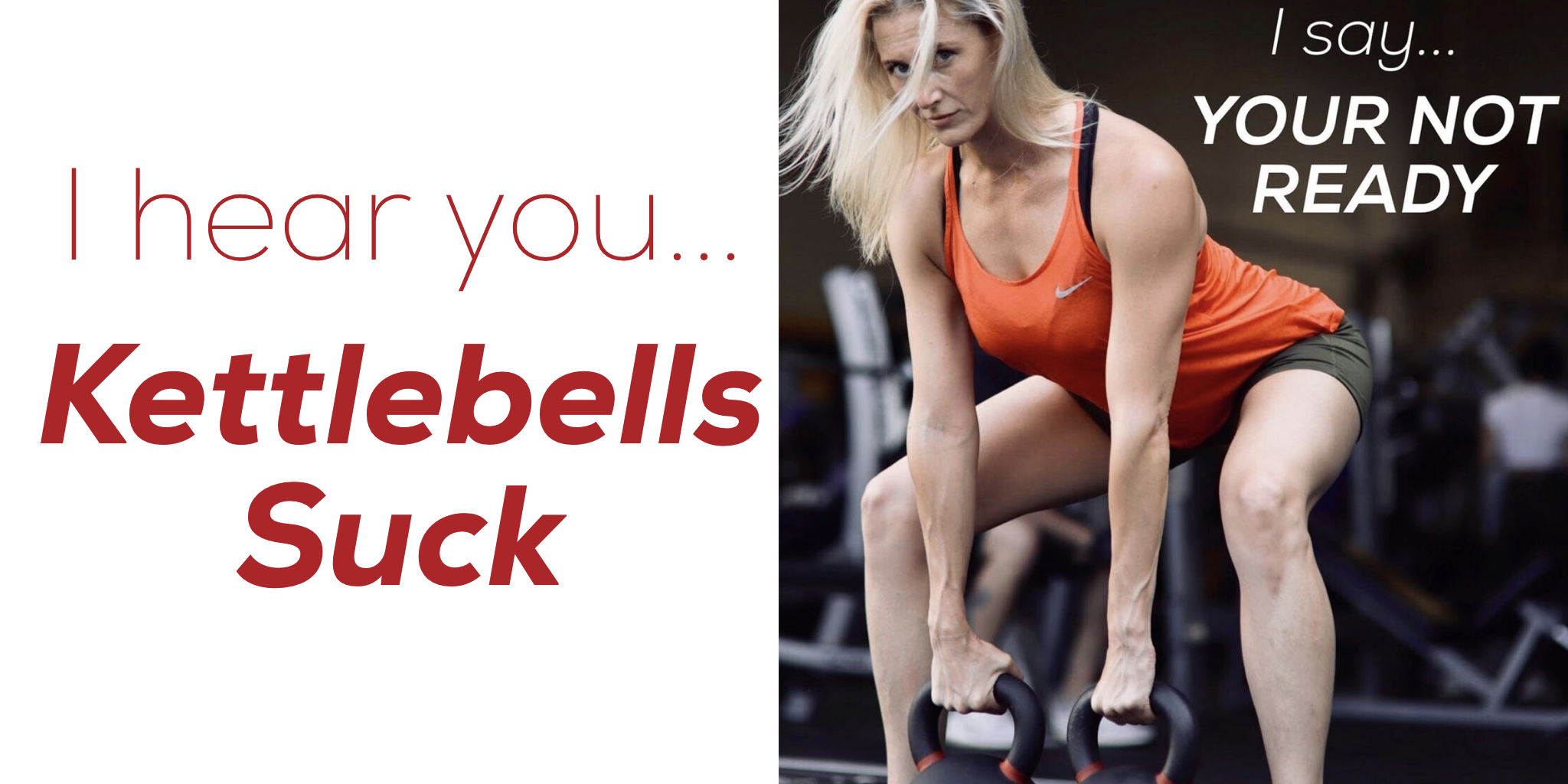Building our youth for their future
/It has been understood for a while now that exercise improves the personal wellbeing and academic performance of youth. But what exactly is the relationship between movement, sport, and a young person’s overall sense of wellbeing? How does movement and sport encourage higher academic performance? How do these relationships prepare our young people for the future?
Movement & Confidence
“Cognitive Fitness is the level of ability to remember, learn, plan and adapt. It is enhanced by certain exercises (physical and mental); attitudes (how we respond to a challenge); and lifestyle choices (from deciding what books to read to choosing a life partner).”
To understand the relationship between movement and wellbeing, first consider three fundamental personal values.
Self-confidence is often one of the first indicators of wellbeing. Self-confidence is a sense of trust in one’s own abilities, potential, and judgements. It is a forward-looking quality but is strongly influenced by a person’s prior performance. Naturally, it compels a person to reflect on their past.
Self-esteem must also be taken into consideration. Self-esteem is a one’s perception of their own worth, whether or not this perception reflects reality. It focuses on the present or what they believe to be true about themselves right now.
Finally, there is self-efficacy. “Self-efficacy refers to an individual's belief in his or her capacity to execute behaviors necessary to produce specific performance attainments (Bandura, 1977, 1986, 1997). Self-efficacy reflects confidence in the ability to exert control over one's own motivation, behavior, and social environment.” This value is forward looking but will be influenced by the person’s self-esteem and self-confidence.
Movement encourages all three of these values on a chemical and psychological level.During physical activity, the human body releases endorphins which relieve stress. It also ‘flushes out’ stress hormones. Movement can help a young person alleviate stress and enable them to focus on more positive and productive thoughts and actions. After a potentially stressful day of academics and
social interactions, exercise can give a child or teen the “refresh” they need to evaluate their day and get a good night’s rest.
Movement can even include breathwork. More and more studies are showing that breath work helps alleviate stress and anxiety for children and adults. Teaching children and youth a simple breath work routine is the first step. These routines can be used in the mornings or evenings but also when they find themselves in a stressful situation.
Journaling can serve as an accountability tool for youth by tracking their emotional and physical progress. Youth should be encouraged to record not only the specific workout activities but also their intentions for each workout. What is their body telling them that day? Are they stressed out? Why? Are they proud of an accomplishment, big or small? Are they implementing routine in your life? Since comparison is such a common temptation among young people, privacy should be encouraged with regards to journaling.
When movement and sport are combined with breath work, journaling, and routine, children and teens are empowered to take ownership of their mental health. When this happens, confidence, self-esteem, and self-efficacy thrive. When youth experience the benefits of movement and sport on their moods, they will be more likely to incorporate physical activity routines into their schedules for the rest of their lives. It is important for young people to incorporate these practices early in life so that they can make independent and well-informed decisions in the face of all the negative mindsets society will throw at them. Movement & Academics
Physical activity contributes to overall brain health while specific movements induce the development of specific brain functions. When we move, the flow of blood and oxygen to our brain increases. This not only allows your brain to receive more nutrients, but it also creates more neurological pathways. Movement also enables the release of special proteins to the brain. These proteins create new neurons which are important building blocks of the brain.
The movements that aid in brain development include many activities often observed in children and teens casually playing or participating in athletics: balancing, running, jumping, catching, hopping, throwing, galloping, skipping, leaping and kicking. All these actions fall into one or more of the 10 GPP skills learned about in my program.
The cognitive skills improved by movement are as follows:
Sustained Attention
Response Inhibition
Speed of Information Processing
Cognitive Flexibility and Control
Multiple Simultaneous Attention Working Memory
Category Formation
Pattern Recognition
Did you know that stimulating certain motor patterns can even aid brain development in certain academic subjects?
Cross lateral movements are any type of movement that require the arms and legs to cross the body such as in dancing, mountain climbers, and various sports. These movements build a bridge between the left and right hemispheres of the brain. This connection is necessary for reading, learning languages, and coordination. Additionally, studies show that lateral movements, such as jumping rope, may help academic performance in math and science.
The sense of wellbeing that comes along with physical activity also induces a peace of mind that prepares the mind to be more receptive to learning. When a young person feels good, they are more likely to take an active interest in their education.
This clarity of mind and development of motor skills that comes from movement and sport makes for a winning combination in our youth.
A minimalist approach to incorporating movement
Life is complicated enough without adding complicated workout routines. Simple routines encourage progress and increase confidence in youth and adults alike.
This is why I train youth with kettlebells. Using kettlebells is relatively simple. But behind the scenes it is teaching the student basic push-pull hinge mechanics, rhythm coordination, and a greater sense of balance between chaos and life, the yin and the yang. Other types of equipment allow you to feed your ego with micro-jumps in weight while sacrificing form, proficiency and quality of movement. Building confidence, strength and a strong mind-body connection before progressing to a higher load provides meditative qualities in addition to athletic enhancement — this is what makes kettlebells so uniquely effective.
We must never forget that while high ideals are important and necessary, we are physical beings. When we take tangible action that is reflective of these ideals, we are more likely to incorporate them into our mindset and routines throughout our lives. Allow and encourage high ideals to translate into tangible goals and routines.
By encouraging improvement in personal wellbeing, movement and sport, and academic performance, our youth will build character, grit, discipline, and perseverance.
Sure, they will fail sometimes, but that is an inevitable part of life. This is where journaling helps them navigate the path, celebrate when they win, try again when they lose. To endure. That is what matters.
By providing our youth with these skills, they will be empowered to meet the rest of their lives head on.
If you would like to learn more please message me or comment below.
Stay Strong & Smiling, Coach Kylie
SOURCES
i https://www.apa.org/pi/aids/resources/education/self-efficacy
ii https://www.dana.org/article/how-does-exercise-affect-the
brain/#:~:text=What%20is%20happening%20in%20the,beneficial%20proteins%20in%20the% 20brain.
iii https://classroom.synonym.com/improve-reading-crosslateral-activities-6012194.html
iv https://www.news-medical.net/health/Positive-Effects-of-Exercise-on-the-Brain.aspx

































